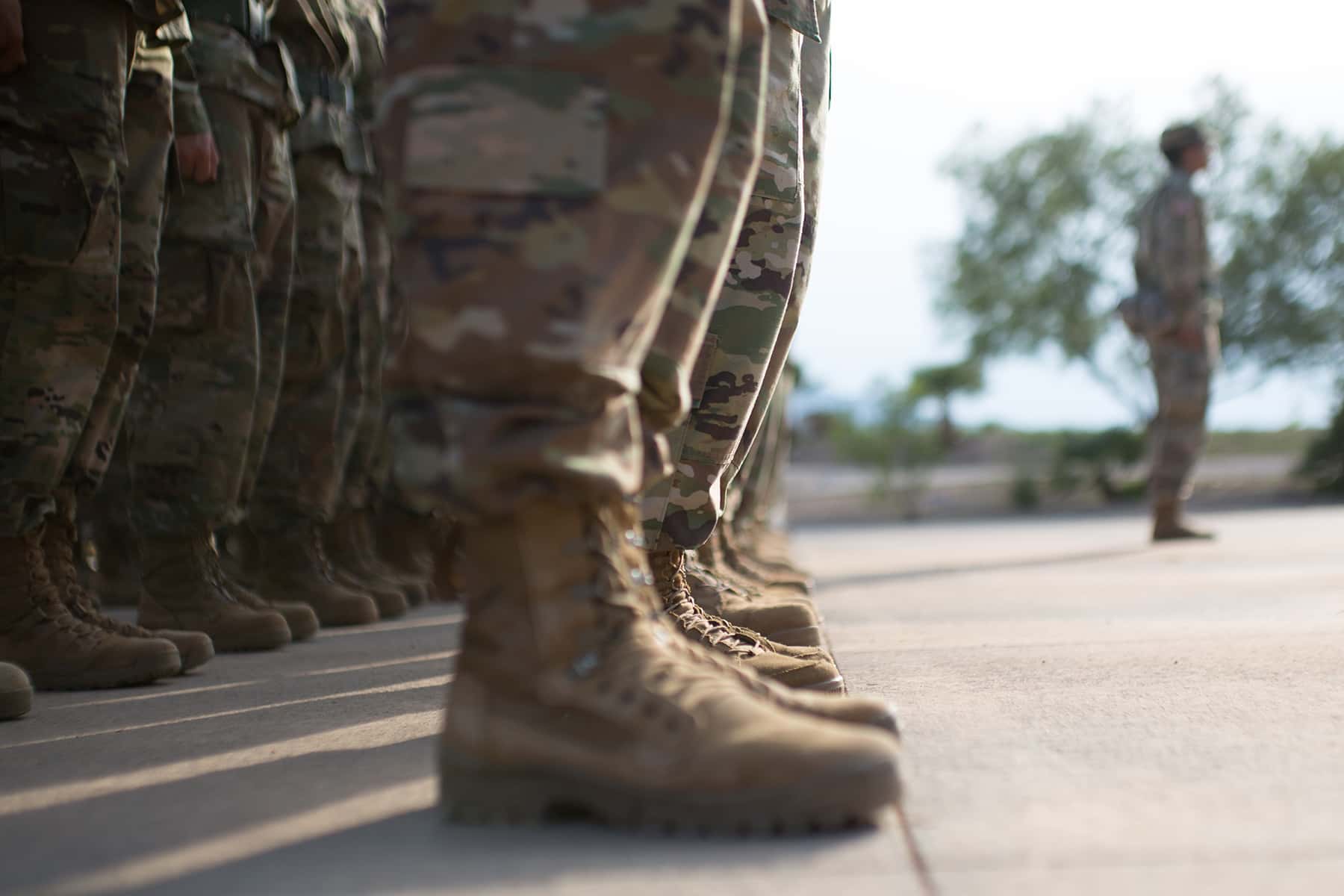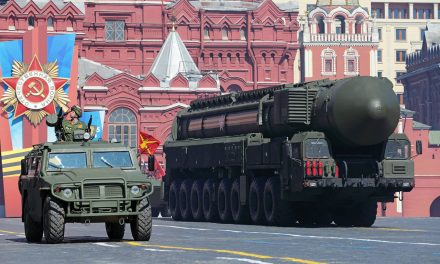
U.S. military suicides surged this year to a record high among active duty troops, continuing a deadly trend that Pentagon officials say is frustrating and they are struggling to counter.
The army, navy and marine corps all saw the rate of suicides go up as well as the overall numbers, with only the air force showing a decrease, according to data newly released by the Pentagon. Suicides among members of the reserves and the national guard also grew.
The difficulties involved in identifying service members with possible problems and finding ways to prevent suicides were underscored earlier this month when the navy reported that three crew members who served on the USS George HW Bush took their own lives within a week.
Asked about the deaths in the crew of the aircraft carrier, the Defense Secretary, Mark Esper, said: “I wish I could tell you we have an answer to prevent further, future suicides in the armed services. We don’t. We are caught up in what some call a national epidemic of suicide among our youth.”
The number of suicides across the military increased from 511 in 2017 to 541 in 2018. According to the Pentagon, the most at-risk population is young enlisted men, and at least 60% of the time they chose a gun as their suicide method. Army suicides went from 114 to 139, while the marines went from 43 to 58 and the navy went from 65 to 68. The air force dipped from 63 to 60.
“Our numbers are not moving in the right direction,” explained Elizabeth Van Winkle, director of the Pentagon’s Office of Force Resiliency. She said that most of the military rates are comparable to civilians, but added, “that’s hardly comforting”.
The rate of suicide among active-duty troops was 24.8 per 100,000 people in 2018. In 2017, that figure was 21.9 per 100,000 troops. Five years ago, the suicide rate among troops was 18.5 per 100,000 service members.
That compares with 18.2 people per 100,000 for all Americans ages 17 to 59. The report maintains that, adjusting for age and gender, the military’s rate is roughly the same as American society.
Military and defense leaders expressed dismay and a resolve to do more to increase resilience in the force, train service members how to handle stress better and encourage troops to seek help when they need it. Van Winkle said the military is also looking at increasing efforts to train troops on the safe storage of firearms and medication.
She and Karen Orvis, director of the Suicide Prevention Office, said recognizing service members who may be struggling or at risk of taking their own lives is very difficult, and that sometimes suicide is a sudden, impulsive decision with little warning.
They also acknowledged that service members are still reluctant to come forward and seek help.
“Just as we talk about physical fitness, marksmanship, training and education, marines must also be comfortable discussing life’s struggles, mental wellness and suicide,” said Gen David Berger, commandant of the Marine Corps. “We must create a community where seeking help and assistance are simply normal, important decisions marines and sailors make.”
This year for the first time, the Pentagon included statistics for suicides by military spouses and dependents. Van Winkle said the most recent numbers available were for 2017, but officials are working to get better at collecting family data.
According to the report, there were 186 families that had suicides – 123 were spouses and 63 were dependents between the ages of 12 and 23.
The National Suicide Prevention Lifeline is 800-273-8255 or online at suicidepreventionlifeline.org
© Link
Originally published on The Guardian as US military suicides surge to record high among active duty troops
Help deliver the independent journalism that the world needs, make a contribution of support to The Guardian.














